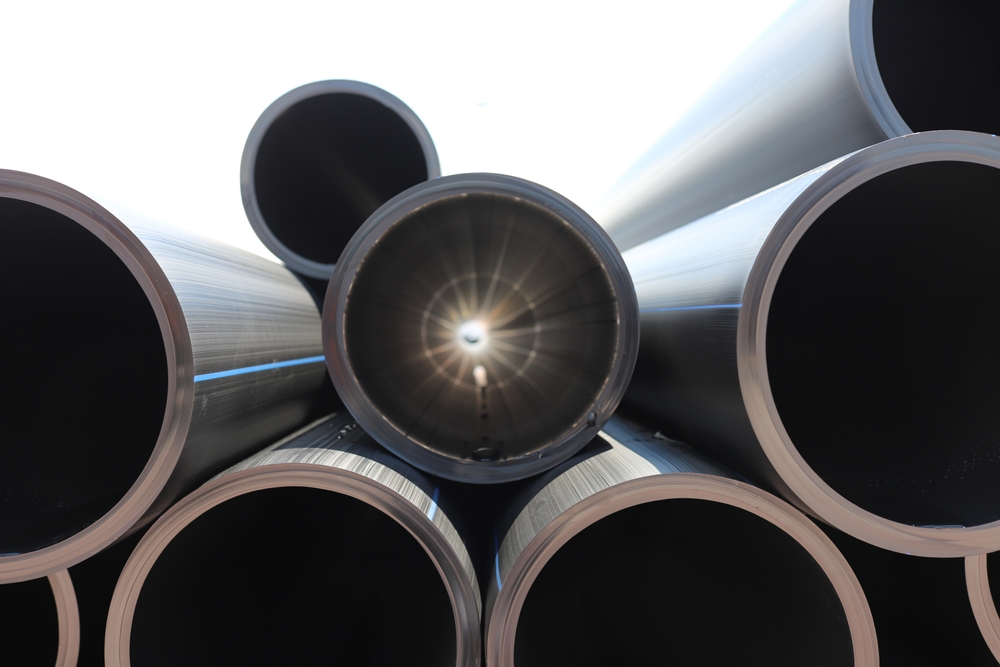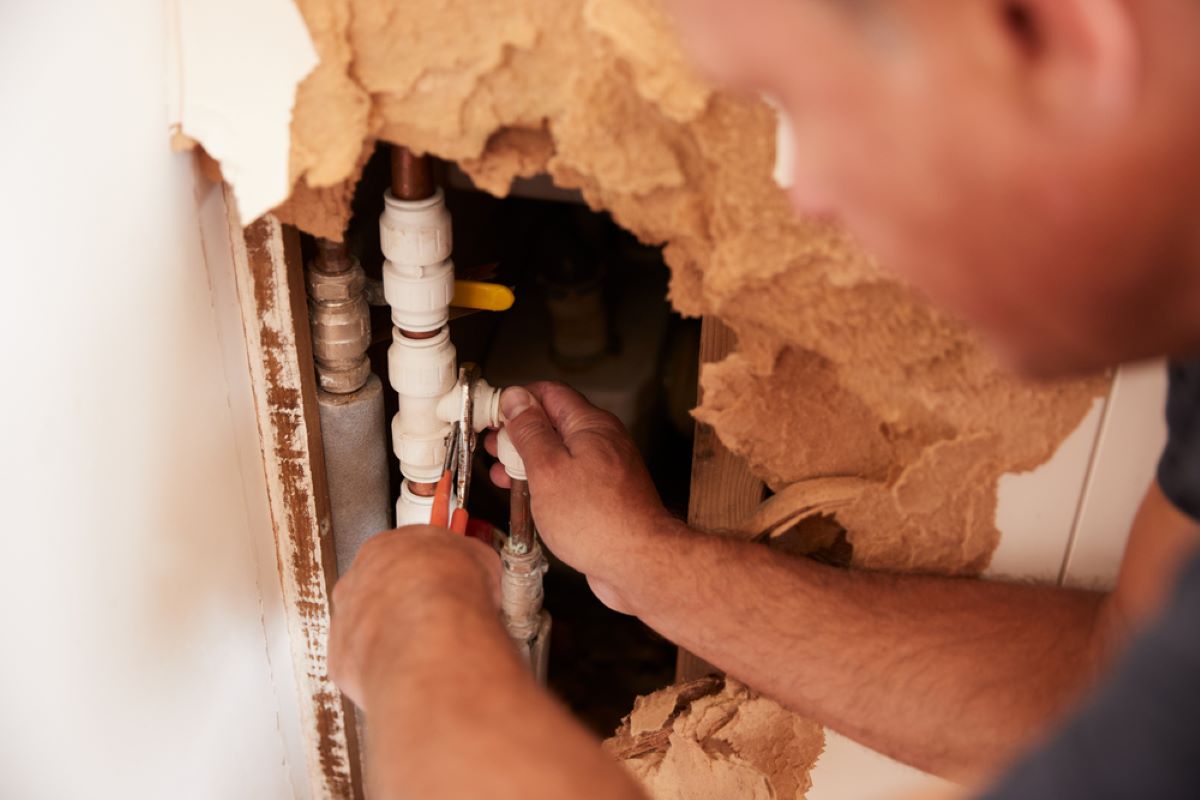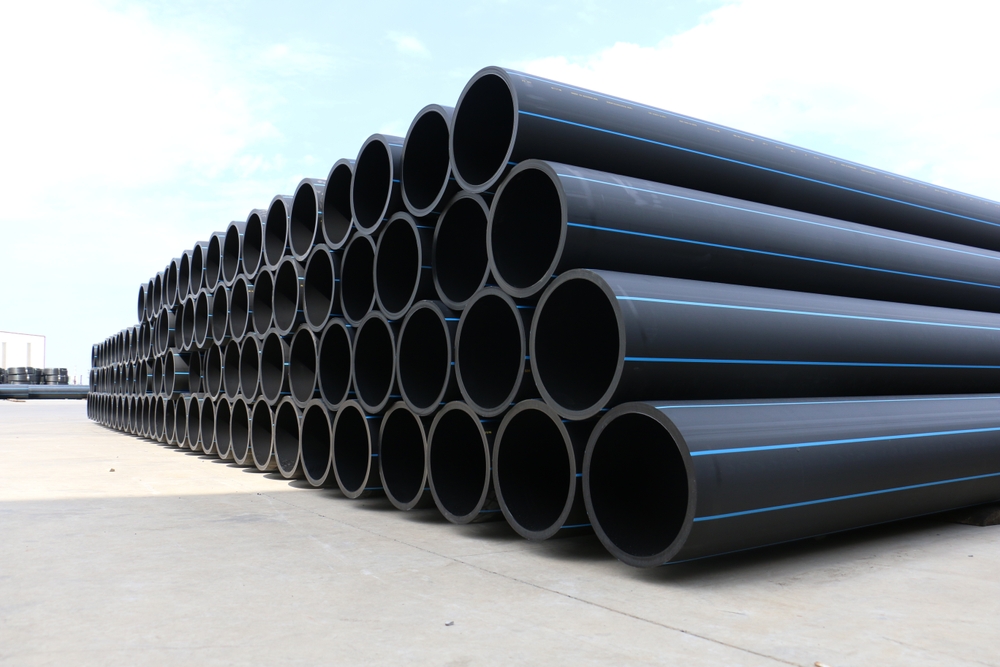Let’s see the HDPE pipeline in different measurement methods!
The HDPE pipeline industry is one of the most important in the construction world. There are so many advantages and disadvantages of HDPE Pipe liner. The ability to measure the amount of HDPE that is used during this process is critical because if something goes wrong with the measurement process of HDPE it could be very expensive for companies working on this pipeline.
Therefore, it’s important to know how to measure the HDPE pipeline in different measurements so that no mistakes are made when measuring it. See how HDPE manufacturers measure HDPE pipes.
What Is The HDPE Pipeline?
If you’re familiar with the process of transporting oil and gas in pipelines, then you might have heard of HDPE. It stands for high-density polyethylene, a type of plastic that is used to make pipes for transportation. In this article, we’ll talk about what HDPE is, how it’s made, and why it’s so popular among pipeline companies.
We’ll also cover some important characteristics of HDPE pipes that you should know if you want to install or maintain them properly.
Methods Of Measuring HDPE
There are different measuring methods of HDPE. The most popular and common way is using linear meters, which measure the length of a pipe or tube. It doesn’t matter whether it’s round or rectangular, as long as you have access to both ends of the pipe.
Another way to measure HDPE is by using linear feet, which take into account both the length and diameter of your pipe material. If you want to know how much area a single piece of HDPE pipe will cover when installed on-site, then square feet would be your answer.
The last option for measuring HDPE materials uses cubic units instead of linear units; this method involves calculating how many cubic meters (1 meter = 1 cm) fit inside your hose or tubing product.
This can be used if you want to calculate how much material is needed for an installation project or if you’re looking at buying large amounts of HDPE products such as plumbing pipes online.
Following are some ways to measure HDPE pipeline in different measurements:
1. Linear Meters
Linear meters are the distance between two points. The linear meter is an SI unit that measures a straight line and can be used to measure the length of the HDPE pipe. You can also use a tape measure, which uses linear meters to measure the length of the HDPE pipeline.
The linear meter can also measure the distance between two points. For example, if you want to know how far away a tree is from your house, you can use a tape measure and linear meters.
2. Linear Feet
The linear feet measurement is an important one to consider when you are determining the amount of space that will be used by pipes. It is a measurement that describes the length of straight lines in a given area, measuring from one point to another.
Linear feet can also be described as another form of distance and are often used for measuring roads, highways, and other types of transportation systems such as railroads. This type of measurement is usually not used when measuring around buildings because it doesn’t take into account spaces like doors or windows which would decrease its accuracy.
The linear feet scientific definition may be confusing initially, but it has many applications in everyday life. For example, if someone wants to know how far away from their house they need to place some trees so that they won’t shade out their vegetable garden then they would measure how much sunlight hits each spot during different times throughout the day using a laser surveying instrument (like Google Earth).
This method gives accurate results because it uses something called global positioning system technology which translates locations into coordinates so that we can find them easily later on down through history–even centuries after they were made!
3. Square Feet
Square feet are the number of square feet in a pipeline. To calculate square feet, you must know the length and width of your pipeline. The formula for calculating square feet is:
- Length (L) = Length from one end of your pipeline to the other end
- Width (W) = Width of your pipe
The formula to calculate the number of square feet in a pipeline is: Length (L) x Width (W)= Square feet
4. Square Meters
Square meters are the most common measurement of flow in a pipeline. To understand square meters, we must first understand what it means for a pipe to be “square.” A square pipe has four sides and four equal-length sides.
These pipes are then measured by the amount of water they can transport per second at a given point along their length. When you multiply that amount by all of your pipes, you get your total flow rate for the system (in liters per second).
To measure this accurately and easily, we need to measure exactly how much liquid passes through each section every second. To do this, engineers use things called manometers which measure the pressure inside different parts of our system so that we can calculate how much liquid flows through at each point along its length.
5. Cubic Feet
A cubic foot is a unit of volume. It’s used to measure the volume of liquids. Cubic feet are equal to the volume of a cube with sides of 1 foot. The abbreviation for cubic feet is cu ft. or cft for short.
6. Cubic Meters
It should be noted that the cubic meter is the most common unit of measurement for HDPE pipes. It is used to measure the volume of water flowing through an HDPE pipeline and can be applied in either metric or imperial measurements.
- 1 m3 = 1000 L
- 1 L = 0.02832 cu ft.
7. Liters Per Minute
LPM is the rate of liquid flow through a pipe. LPM is measured in liters per minute. LPM is a common measure of flow rate in the oil and gas industry. The cubic feet per minute (CFM) is a unit used to measure the volumetric flow rate of air. The volumetric flow rate is the average speed at which a certain volume of liquid flows through a pipe over some time.
Conclusion
In the end, we can conclude that HDPE is a very versatile material and it can be used in many different ways. It has properties that make it suitable for a wide range of applications and with advances in technology there are even more uses for this material being discovered every day.
We hope you like our blog HDPE pipeline in different measurements. If yes do let us know!





